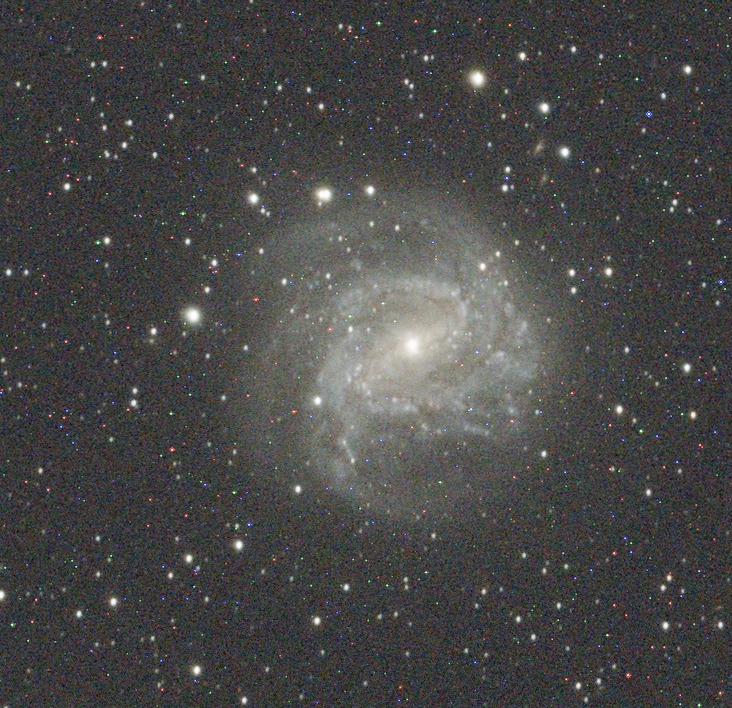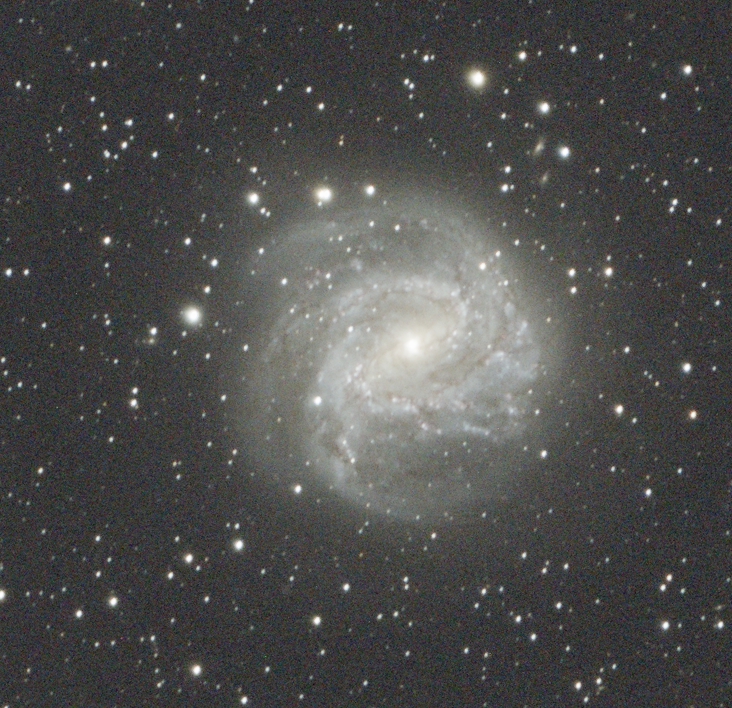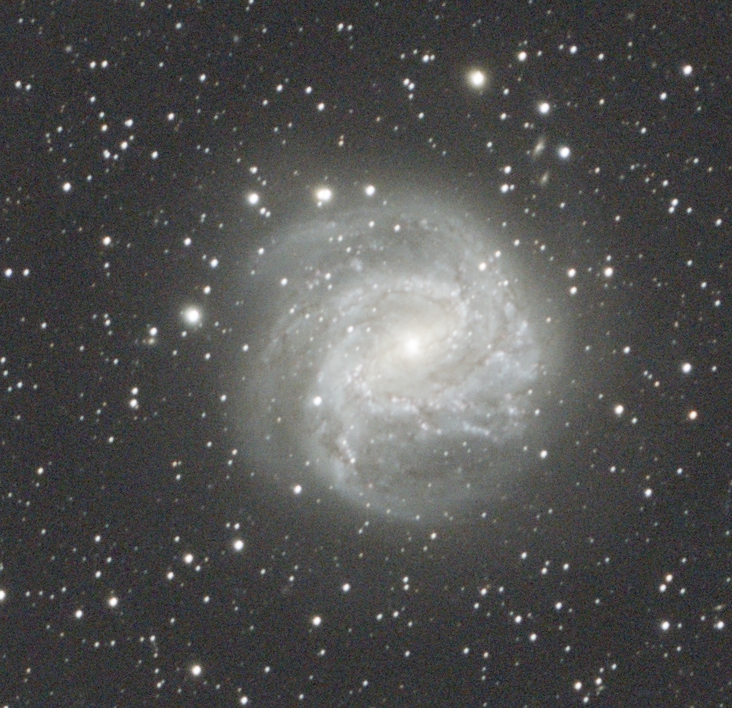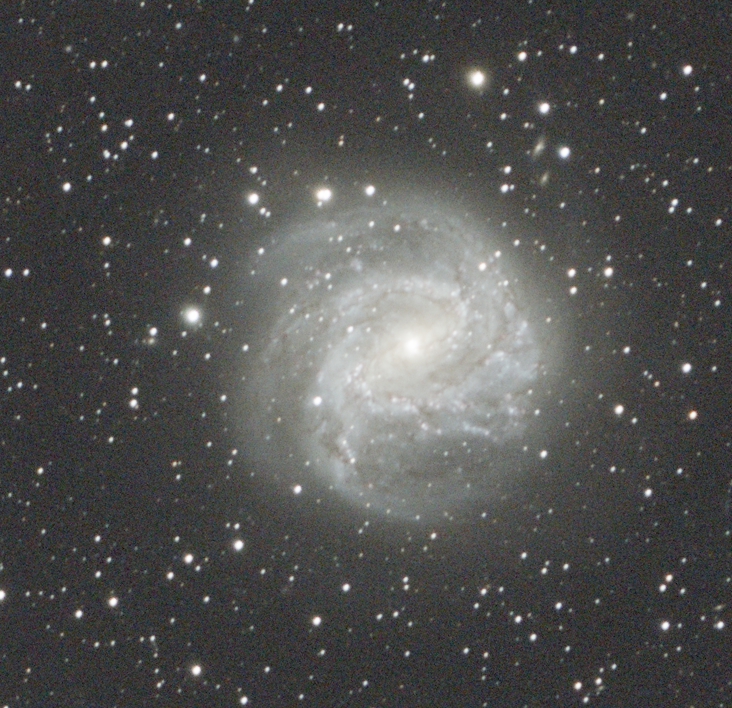I’ve written about dithering before, explaining the principal of how dithering it works and why you should be using it.
In this article I want to show you an example of how powerful dithering is for hot pixel removal and why you shouldn’t be bothered to much by hot pixels.
Modification of Nikon D5100 gone wrong
Before my 2nd trip to Namibia I had my Nikon D600 and the D5100 modified so I could benefit from the h-alpha sensitivity on this trip. Unfortunately I received a message that there was ‘sticky stuff’ underneath the glass filter protecting the sensor and this damaged the chip somewhat. I bought the model second hand, so I guess it was not taken good care of 🙁
When I saw the first shots I took with the D5100 I must admit I was shocked; so many hot pixels everywhere!

Dithering to the rescue
I was quite confident dithering could deal with it, so I decided to keep using the D5100 despite the hot pixels. And sure enough, dithering takes care of all these nasty hot pixels easy enough.
By stacking only 5 dithered frames the hot pixels are almost all gone already!

Next, tried stacking 10 dithered frames:

And with just 15 frames all the hot pixels are taken care of;

Conclusion on hot pixels and dithering
This is a clear example how effective dithering is for removal of hot pixels. So if your sensor has a few (or a lot like mine!) hot pixels; don’t worry! You will hardly see the effect in the final images.

How was the dithering done Chris, and by how many pixels?
I dither with the MGEN and just use the default setting which is 12px I think.
How I can dither with sky-watcher star adventurer? Just move the camera a little left right or bottom up? the camera is attached to star adventurer by ball head, all I have to loosen the ball head and move a just a little?
That could work if you are not using guiding on it.